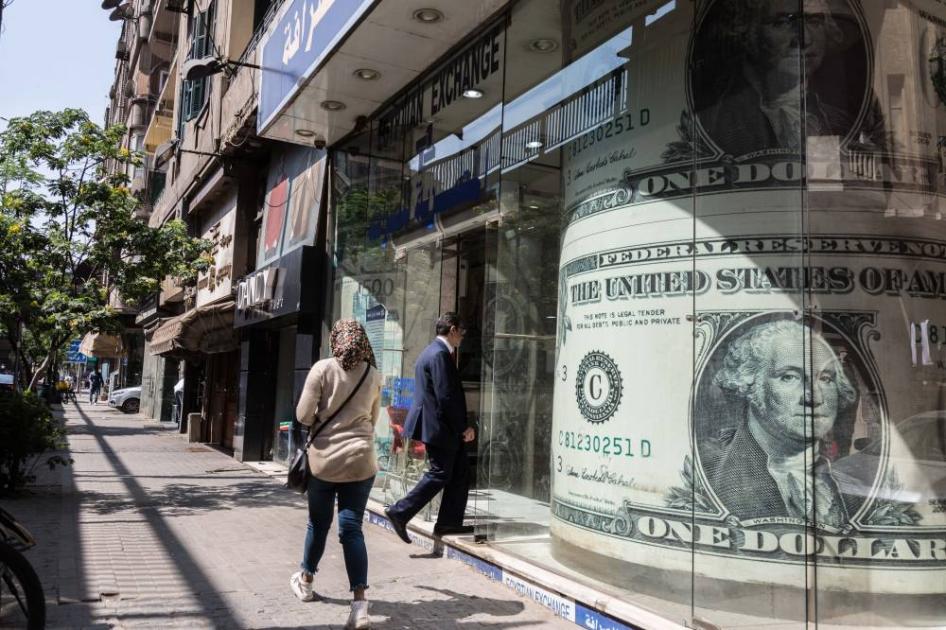The Middle East and North Africa region is projected to experience growth rates of 2.7% in 2024 and 4.2% in 2025, signaling a return to pre-pandemic levels of low growth seen in the decade leading up to the global crisis. This growth outlook is part of a broader trend of slowing global economic growth, with variations in growth patterns across advanced, emerging market, and developing economies.
The Gulf Cooperation Council countries are expected to see their growth rates increase, with estimates of 2.8% for real GDP growth in 2024 and 4.7% in 2025. Among these countries, the UAE is expected to see an upward revision in real GDP growth, with estimates of 3.9% in 2024 and 4.1% in 2025. Other Gulf states like Saudi Arabia, Kuwait, Bahrain, Qatar, and Oman are also projected to see varying degrees of economic growth over the coming years.
However, ongoing conflicts in the region continue to pose significant challenges for economic development. The conflict in the Gaza Strip has led to a severe humanitarian crisis due to loss of life, displacement, and destruction of infrastructure. The World Bank warns that this conflict has devastating implications for the future of children affected by it and could lead to famine and catastrophic hunger if not addressed immediately.
The conflict is further compounded by global economic challenges such as the repercussions of COVID-19 pandemic, Russian invasion of Ukraine, and rising inflation rates which have contributed to slower growth rates across the region’s emerging market and developing economies compared to pre-pandemic levels. Despite these challenges


